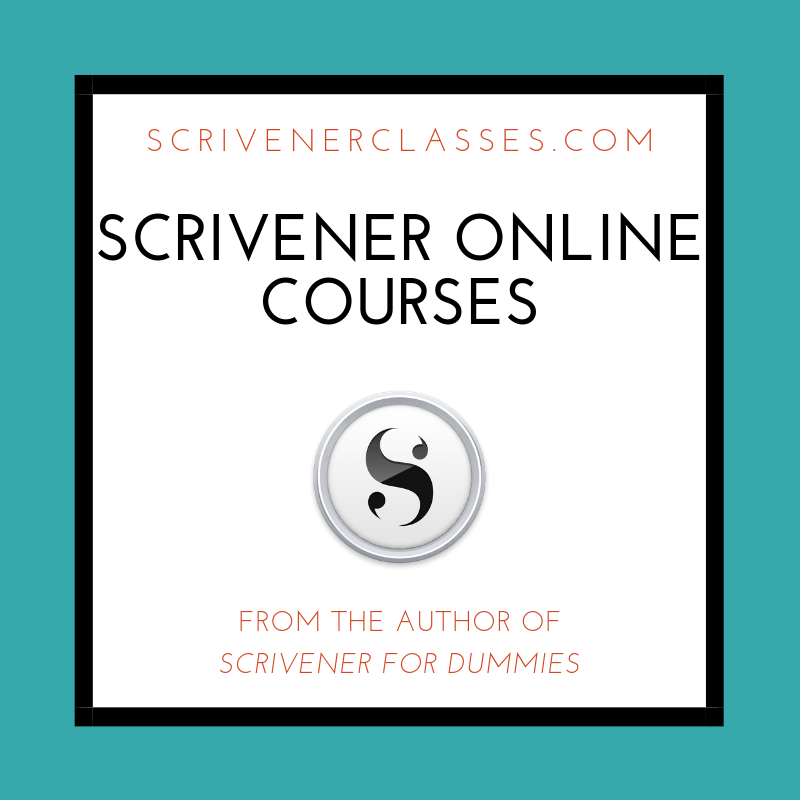Think of writing as a journey. You have a destination (a finished piece of writing!), but how you get there is up to you. Some writers charge ahead blindly, hoping inspiration will strike mid-stride. Others carefully map out every single step. Pre-writing is your route planner, allowing you to navigate your ideas smoothly and avoid those frustrating dead ends!

Ah, dancing words! What a delightful concept! 🌟 Imagine letters and syllables twirling gracefully across the page, pirouetting in rhythm to an invisible melody. Let me paint you a poetic picture:
Dancing Words
In the quiet of midnight,
when ink meets paper,
words awaken from slumber,
stretching their sinews.
They sway, they leap,
their serifs tracing arcs,
a ballet of language,
unseen by mortal eyes.
Consonants tango with vowels,
forming intricate pas de deux,
while punctuation pirouettes,
adding drama to their waltz.
And as dawn approaches,
the final stanza unfolds,
a crescendo of syllables,
a standing ovation in ink.
For words, my friend,
are not mere static symbols,
but dancers on the stage of thought,
performing their eternal ballet.
So next time you read,
listen closely—
you might just catch a whisper
of their graceful choreography.
Feel free to join the dance, my fellow wordsmith! ✨📝💃🕺
Why Pre-Writing Wields Words with Impact
- Your Words Dance Before They Walk: Pre-writing loosens up your thoughts. Those half-formed ideas bouncing around your head take shape on paper (or screen!). It’s like your words are waking up and stretching – soon, they’ll be ready to put their best foot forward.
- Confusion Loses Its Grip: Have you ever wanted to write about something but ended up staring at a blank page? Pre-writing is the magic potion that makes writer’s block cower in fear. By organizing your thoughts, you vanquish confusion and procrastination!
- Your Inner Editor Takes a Break: Pre-writing is judgment-free. Let the words flow – imperfect, wacky, whatever they may be! Your inner critic can get overly excited and stifle the creative process. Pre-writing lets you get it all out before the editing starts.
Pre-Writing Power Moves
Think of pre-writing as a toolbox – let’s take a peek inside:
- Brainstorming Bonanza: Like a whirlwind of ideas, grab a sheet and write down anything that pops into your head about your topic. Afterward, you can sort the brilliant from the bonkers!
- Mighty Mind Maps: Are you a visual learner? A mind map is your friend. Start with your central idea in the middle, and let all the related concepts branch out like vibrant trees.
- Freewriting Frenzy: Set a timer and write nonstop. Don’t worry about grammar, spelling, or whether it makes sense—the goal is to get your brain spilling its secrets onto the page.
- Question Quest: Play reporter with yourself! Ask who, what, when, where, why, and how about your topic. The answers may surprise you.
Pre-Write Your Way to Triumph
With pre-writing in your corner, your rough draft will practically write itself. Ideas will connect effortlessly, and your words will flow with purpose and energy. So, next time you write, take a few minutes to pre-write. Your writing will thank you!
Pre-write Template
Before diving into writing, there are several essential steps you can take to set yourself up for success.
- Prewriting:
-
- Choose a Topic: If you have the freedom to select your topic, think about what interests you or what you’ve covered in class. Consider areas that intrigued, interested, or even confused you. Narrow down your idea to a specific argument or question.
-
- For example, if you’re writing an essay, you might start with a broad topic like “19th-century literature” and then narrow it down to “The theme of theater in Jane Austen’s novel Mansfield Park.”
- Research: Once you have a topic, gather relevant sources. Search for primary and secondary materials, read relevant texts closely (especially for literary analysis), and collect data using appropriate research methods. Take thorough notes during this process.
- Ask Yourself:
-
- What is the objective of your paper?
- What is your thesis or main argument?
- What assertions validate your thesis?
- Do you have supporting evidence for each point?
- How do you want to organize these points?2
- Planning and Outlining:
-
- Structure: Especially in academic writing, plan out a logical structure in advance. Decide how you’ll convey information effectively. It’s better to outline your essay or paper before you start writing.
- Introduction: Set out your argument or thesis in the introduction.
- Main Body: Develop your argument with evidence in the main body.
- Conclusion: Wrap up your writing by summarizing your points and restating your thesis3.
- Additional Tips:
-
- Research Thoroughly: Whether it’s creative writing or academic work, make sure you’ve thoroughly researched any outside information that will support your writing.
- Consider Taking Writing Classes: If you’re a beginner, writing courses can provide valuable advice and feedback from established writers4.
Remember, writing is a process, and these steps can help you organize your thoughts and create a well-structured piece. Happy writing! 📝✨
Prewriting refers to the formulation and organization of ideas preparatory to writing. It’s the essential groundwork you do before you start typing out your paper or essay1. Here are some key aspects of prewriting:
- Critical Reading: Begin by thoroughly reading relevant materials related to your topic. Understand the context, arguments, and viewpoints presented in these sources.
- Choosing a Topic: If you have the freedom to select your topic, consider what interests you or what you’ve covered in class. Narrow down your idea to a specific argument or question.
- Notetaking: As you research, take detailed notes. Record titles, authors, publication dates, relevant quotations, and your initial analysis or interpretation of the questions you’re addressing.
- Organizing Information: Organize your notes and thoughts. Consider how you want to structure your paper. What points will you cover? How will you present your argument?
- Analysis: Before you begin writing your draft, analyze the information you’ve gathered. Evaluate its relevance, credibility, and how it supports your thesis or main argument2.
Remember, prewriting sets the stage for effective writing. Take the time to plan and organize your ideas—it will make the writing process smoother! 📝✨

Here’s a creative writing prompt to spark your imagination:
Title: “The Forgotten Lighthouse”
Prompt: In a small coastal town, there stands an old lighthouse that hasn’t been operational for decades. The townspeople have long forgotten its purpose, and it’s now considered a relic of the past. But one stormy night, during a power outage, the lighthouse mysteriously flickers to life. Its beam sweeps across the turbulent sea, revealing something hidden on the rocky shore—a message etched into the cliffs.
Your Task: Write a short story or scene that explores the mystery behind the lighthouse’s sudden reactivation. Who discovers the message? What does it say? And how does it change the lives of those who encounter it?
Feel free to take this prompt in any direction you like—whether it’s a tale of adventure, romance, or even a supernatural encounter.
Prewriting is a crucial step that prepares you for writing by helping you develop and organize your ideas. Here are several effective prewriting techniques you can use:
- Talking: Simply discussing your ideas with someone, regardless of their knowledge of the subject, can help you gather your thoughts and clarify your thinking.
- Researching: Research is essential for the writing process, but it can also serve as an effective prewriting technique. Dive into relevant materials to gain insights and gather information.
- Brainstorming: Let your creativity flow! Jot down any ideas related to your topic without worrying about organization or structure. This can help you uncover hidden connections.
- Listing: Create a list of points, ideas, or questions related to your topic. This straightforward method organizes your thoughts and identifies key areas to explore further.
- Clustering (Mind Mapping): Start with a central idea or keyword and branch out by connecting related concepts. Clustering visually represents relationships between ideas.
- Freewriting: Set a timer (e.g., 10 minutes) and write continuously without worrying about grammar or coherence. This helps you bypass your inner critic and generate raw material.
- Looping: Write a sentence or phrase related to your topic. Then, use that as a starting point for the next sentence. Keep looping back to refine your ideas.
- Journalistic Questioning: Ask the classic journalistic questions (who, what, when, where, why, and how) related to your topic. Answering these questions can reveal different angles and perspectives123.
Remember, prewriting is about exploration and discovery. Choose the technique that resonates with you, and let your ideas flow! 🌟📝
Happy writing! 🌊🗝️
I hope you found this blog post helpful. If you did, please share it with your friends and leave a comment below. And if you want to learn more about writing, check out my other blog posts on 3D printing, affiliate marketing, and writing. Thanks for reading! 😊
Make them laugh, make them think, but above all, make them feel.
As a writer looking to improve your skills, you have access to numerous writing tools and apps. Let’s explore some of the best options:
- Scrivener: A beloved companion for authors, Scrivener offers a treasure trove of features. It helps you track plot threads, store character notes, structure your work, and—most importantly—get serious writing done. While it’s not free, the investment is well worth it for serious writers1.
- Ulysses: If distraction-free writing is your goal, Ulysses is your muse. Its minimalist interface allows you to focus solely on your words. Plus, it syncs seamlessly across devices, ensuring your creativity flows wherever you are2.
- iA Writer: Ideal for online writing (think Medium or WordPress), iA Writer combines simplicity with elegance. Its clean design encourages a flow state, making it a favorite among bloggers and content creators2.
- Plottr: For those who thrive on outlining, Plottr is a gem. It helps you map out your novel, organize scenes, and keep your plot threads in check. Whether you’re a pantser or a plotter, Plottr has your back3.
- Reedsy Book Editor: If you’re working on a book, Reedsy’s online editor is a fantastic choice. It’s free, collaborative, and offers a straightforward interface for drafting and editing your masterpiece4.
- yWriter: Scene-based writers rejoice! yWriter lets you organize your novel into scenes, track characters, and maintain a bird’s-eye view of your work. It’s a powerful tool for structuring your narrative2.
Remember, the best writing app is the one that aligns with your unique needs and writing style. Whether you’re crafting screenplays, novels, or blog posts, these tools will be your trusty companions on your literary journey.
Happy writing! 📝✨
Kevin



